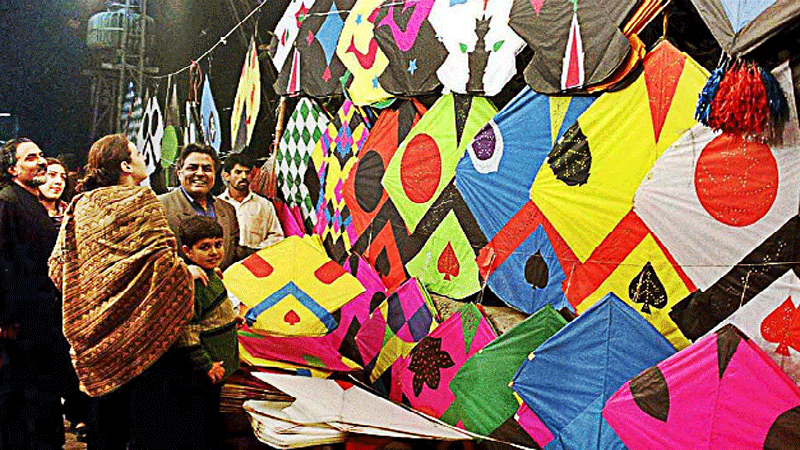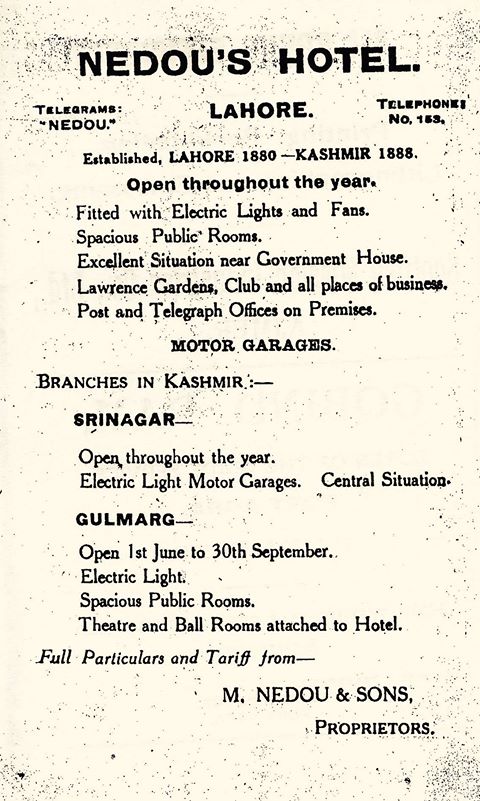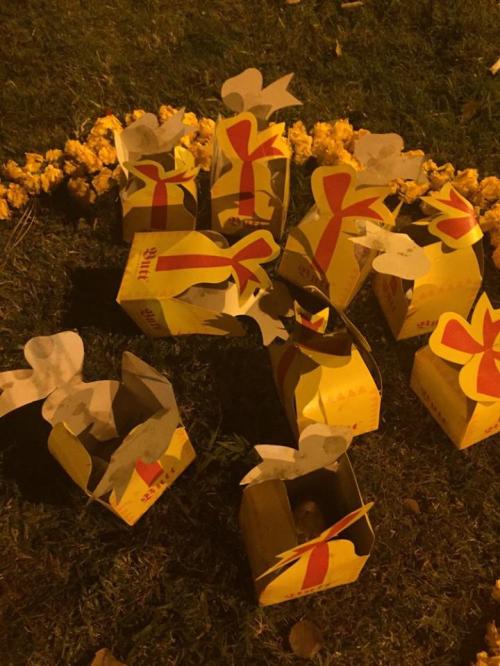WHEN Larry Niblett left Lahore for “greener pastures” in the US, his celebrated father, the “angreez” DIG (Traffic) of Lahore, Mr. Niblett, headed the other way to Australia. The loss of both these “pucca” Lahori characters was immense. But then father and son never did see eye to eye. In the end, they headed in opposite directions.
The senior Niblett we had seen since we started going to school. He was a smart police officer who brooked no nonsense.
I have three enduring images in my mind’s eye of DIG Niblett. The first was when as a school-going student I violated the one-way traffic rule on Lawrence Road. He rode up on his motor bicycle and stopped me. “You must be bloody well Larry’s friend riding your bike up a one-way road, having no lights. I will confiscate your bicycle and send you to jail”.
I trembled in fear at such an outcome. Imagine me, a school student, in jail, my father would kill me. “He bloody well should,” roared the police officer Niblett. “Who is your father?” he asked. I told him so. “Oh, in that case I will give you a bloody good hiding”, he said and got off his motorcycle. One clip round the head was enough to make me walk with my bicycle to school with the tyres having been deflated. I was ashamed of myself. In those days students used to be ashamed if Niblett stopped them. In the evening I told my mother about what had happened and got another good hiding. But she was kind enough not to tell my father, because Mr. Niblett had already phoned him and asked him to “educate the brat”. Oh, I shall not narrate what followed. But then Lahore was like that, one big family where everyone cared.
My next image is as a student in Government College, Lahore. The anti-Ayub troubles had seen a massive crowd surround the Governor’s House. The mad mob was baying for blood and the cry went out to storm the gates and take over the premises. The angry mob attacked. The gate chains were broken and the crowd began to surge in. This had never happened before in the history of the Governor’s House. The police guards had fled. In the middle of the road, behind the gate, stood one man alone … Mr. Niblett, then a DSP. Pistol in hand he shouted over the megaphone Wapas chalay jao varna goli maar doon ga (Leave or I will shoot you). The crowd surged. A shot rang out. The crowd stopped. Then three rapid shots whizzed over the head of the crowd hitting the walls. Panic. The crowd rushed back. More shots followed. Total panic as everyone rushed out. DSP Niblett had saved the Governor’s House alone. What he did with his panic-stricken staff later is also history, like almost making them eat hay out of horse bags. Many years later he told me: “I never shoot to kill. The kids were doing the right thing, but in a wrong way”. He remained a sensitive father to all the students of Lahore, and they feared and yet loved and respected him.
Several years later, his son Larry indulged in an illegality. The DIG was like a man gone mad. He personally arrested his own son, sent him on a three-day remand, ordered that he be given the terrible “channa and one roti” diet as stipulated by law, then appeared before the judge and testified against his son and sent him to jail. Even the judge requested him to soften up. “No way my lord, the son of DIG Niblett would not have the easy way out”. This glorious police officer saw to it that his name was not soiled. “If I had my way, I would lock him up and throw the keys away”, he would say when reminded of the incident. But Larry was his father’s son. He more than made amends, spent his time and apologized to his father. Ask any old police constable or officer in Lahore about DIG Niblett, and you will notice that they still pride themselves in the fact that he was one of them.
Just 30 years ago Lahore had such a healthy mix of religions and people. The Christians of Lahore made up a very lively portion of Lahore. The few remaining Anglo-Indians, or Eurasians as they were originally called, still contribute much more than their numbers. But then thousands have fled the rages of intolerance. But their hearts remain in Lahore. A friend recently informed me that in Melbourne, Australia, on January 5 to 11, 2004, a world gathering of Anglo-Indians is taking place. There they will remember the old Lahore, of fun and joy. I went on the web page that lists people coming, and I was amazed at the names I recollected.
A year senior to us in the St. Anthony’s High School, Lahore, was a pretty girl called Perry Young. She will be there. Then Gomes the boxer of Beadon Road will be there. Peter Snell, of Temple Road, a close friend of my younger brother Karim will be there, too. Imagine all these names of the years gone by. And then Noney Anderson of Garhi Shahu will be there. From Lawrence College will be Duckworth and John D’Souza. From Karachi Grammar will be Rita D’Souza, Dennis Rebeira and John Stringer. From Quetta will be Monte Clements. The list reads on and on. This is going to be the largest collection of Pakistani and Indians of Anglo-Indian origin to collect to remember the land of their birth and origin. It makes one sad to see that the sons and daughters of our soil should have to be chased away by a set of beliefs that have been distorted beyond measure. Yet they remember their homeland with such fondness.
The people of the city of Lahore, both old and new, till very recently considered the inhabitants as a bunch of beautiful flowers, each person, each religion, each sect, complementing the other. Most of the original inhabitants had been lost to the Partition. Yet the city still had a healthy mix of religions and people with immense toleration. My old man called the new arrivals the “47” variety, and with time he scorned their ‘claim mentality’, a purely materialistic approach to life. He often cursed them for not understanding the ethos of Lahore, one of the seven great cities of the old world. There were Christians, Parsis, and even a few Hindus, with a few Sikhs living inside the walled city. The festivals of Eid, Christmas, Nauroze, Basikhi belonged to everyone. The world was love, not hate and suspicion. We have come a long way up a one-way street. Probably against the one-way …. And no DIG Niblett now serves to give us “a clip to bring us to our senses”
.— Majid Sheikh
























